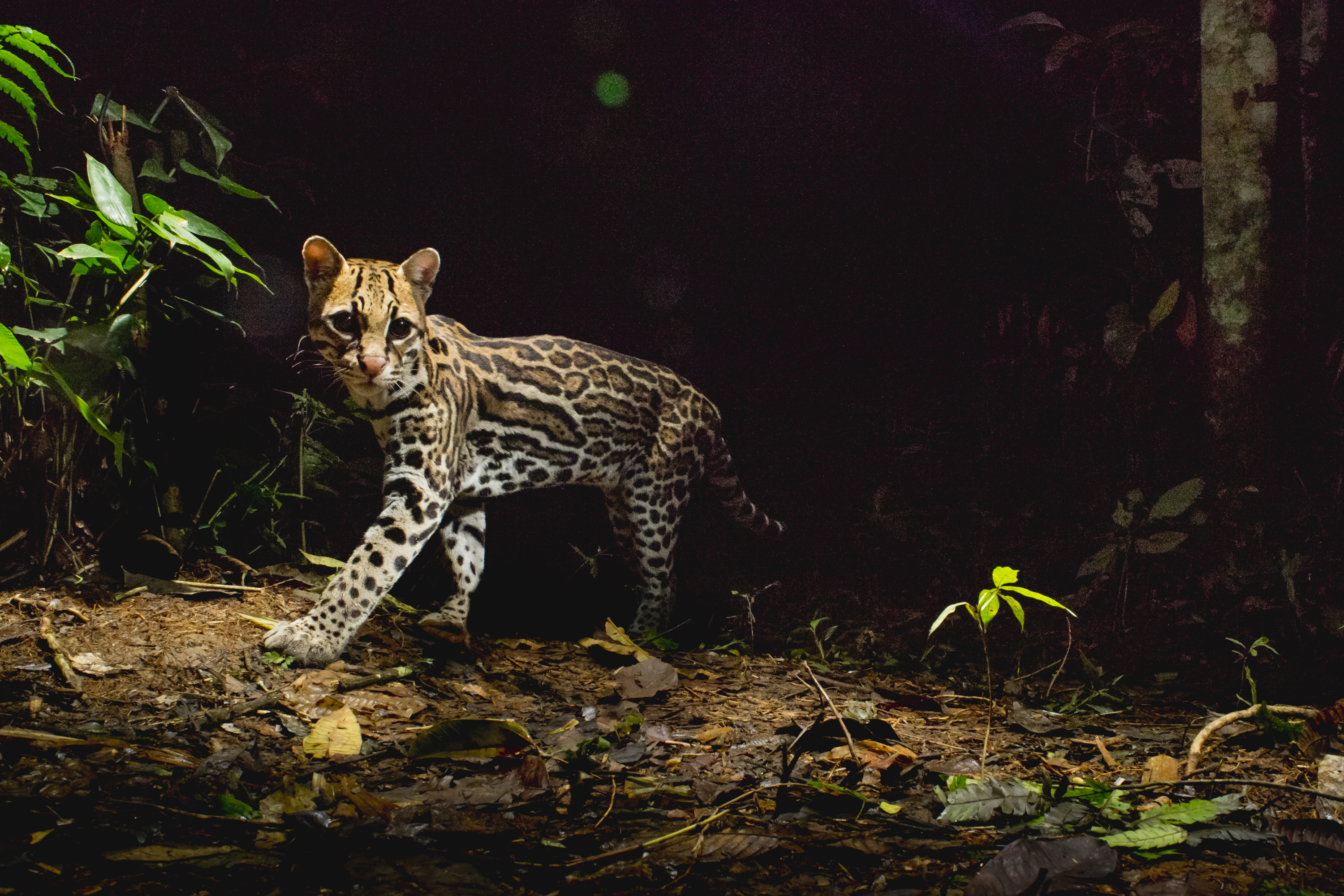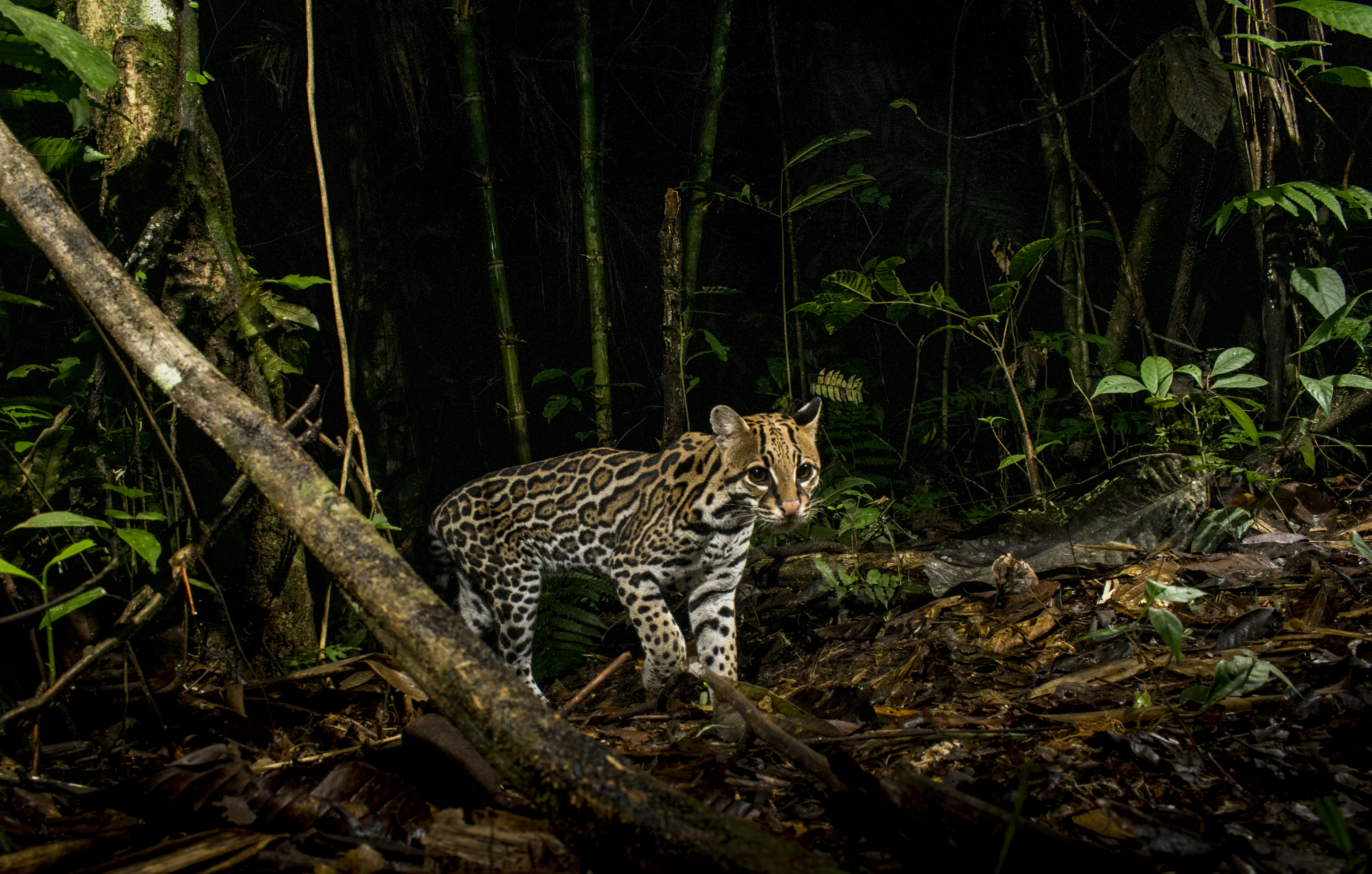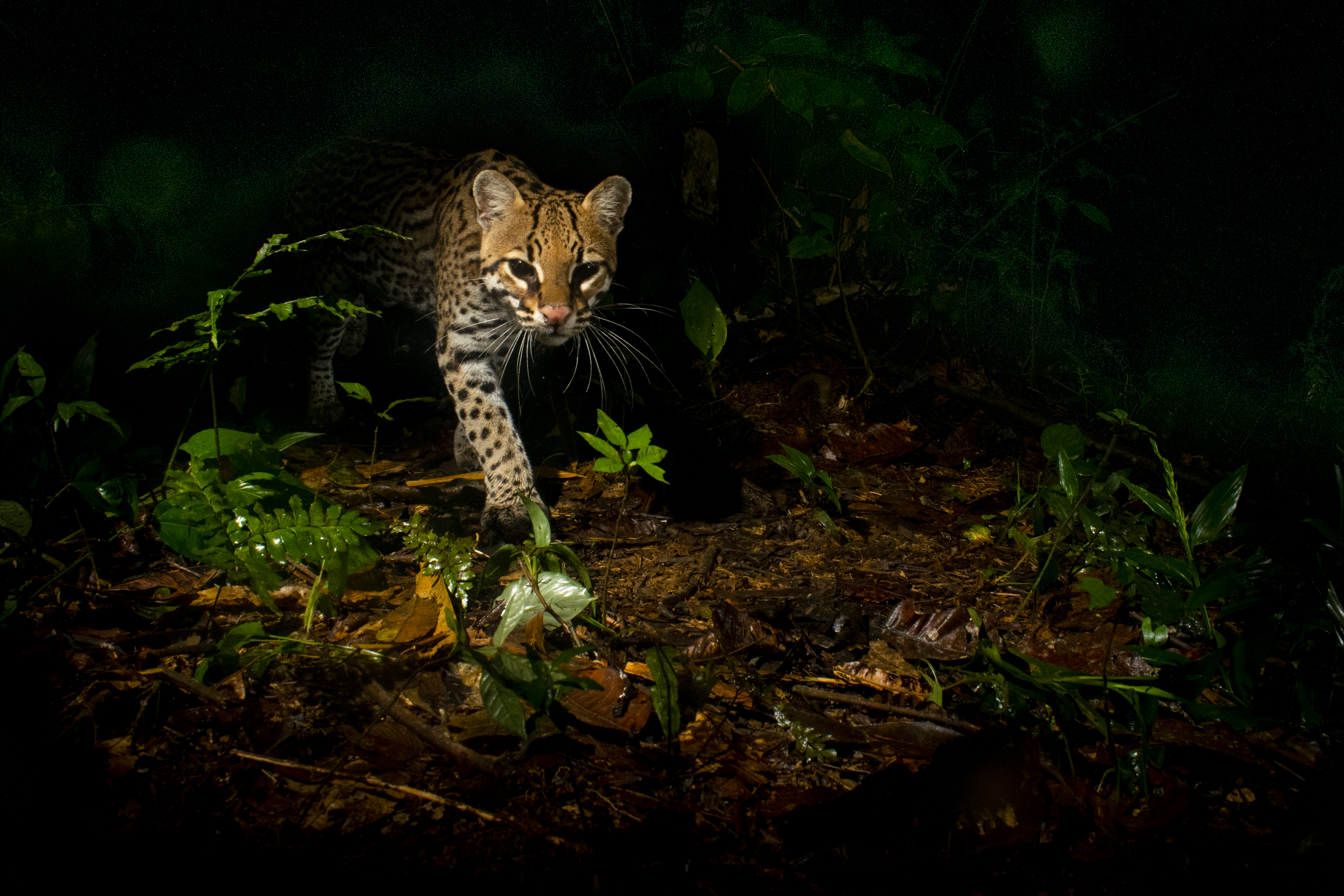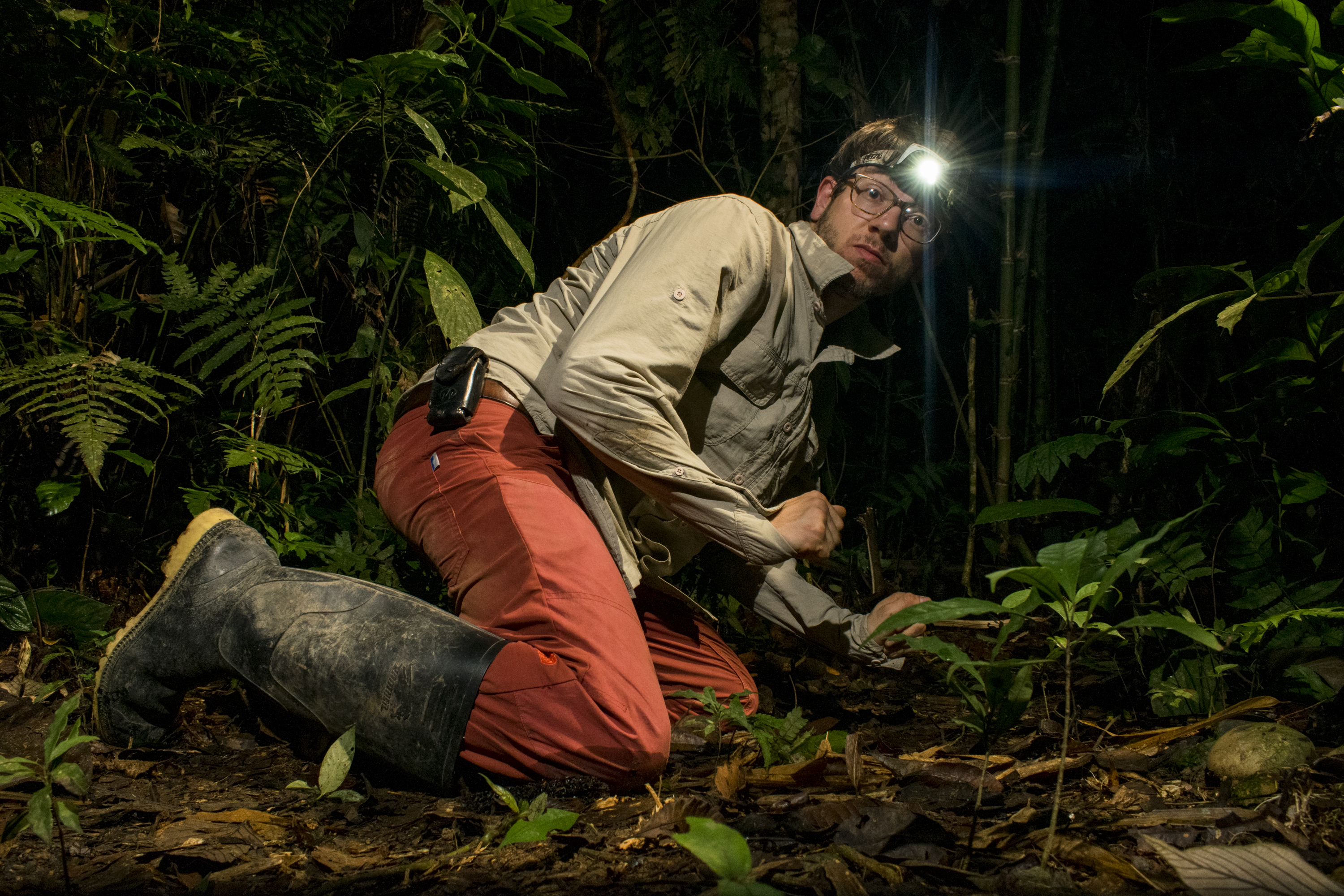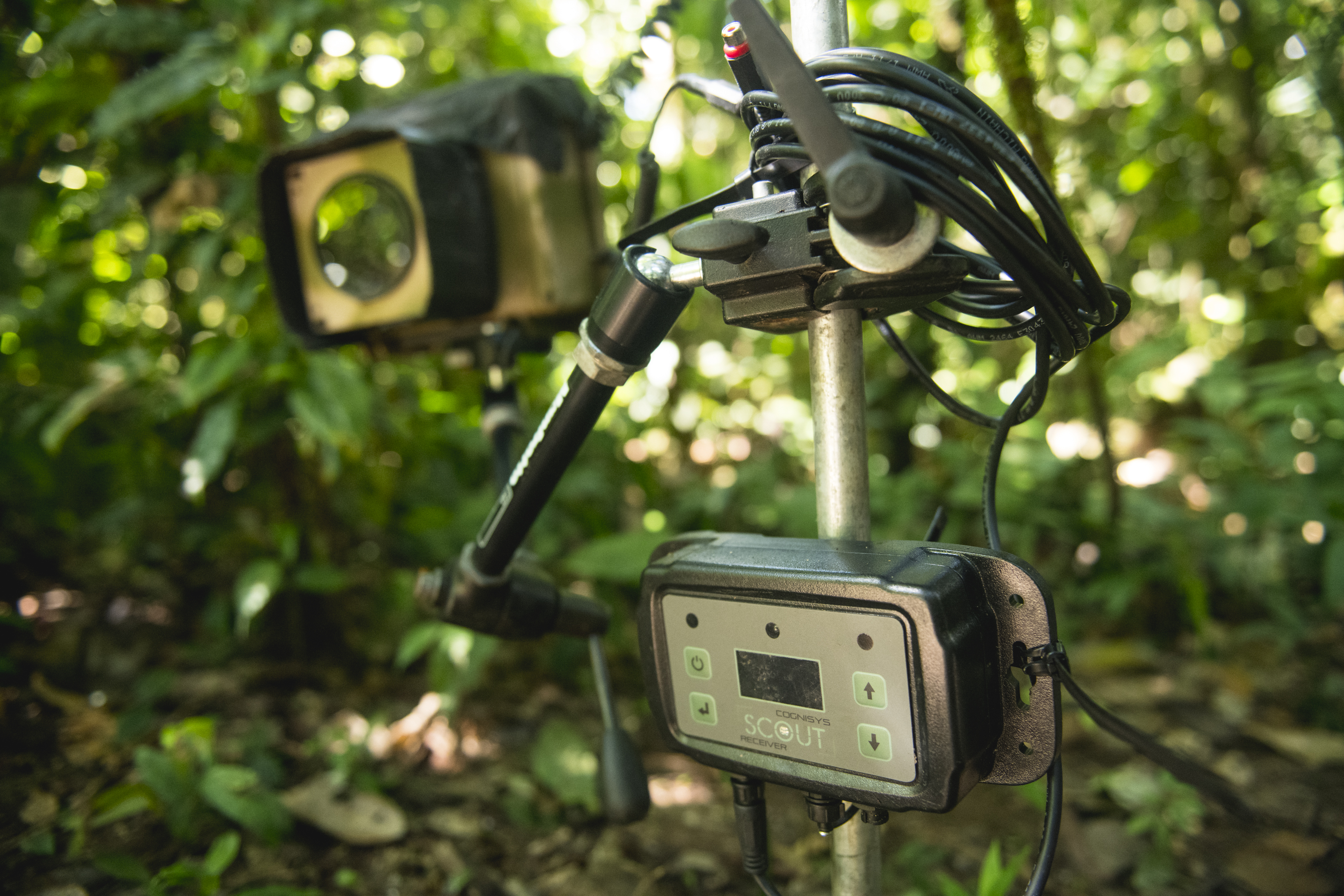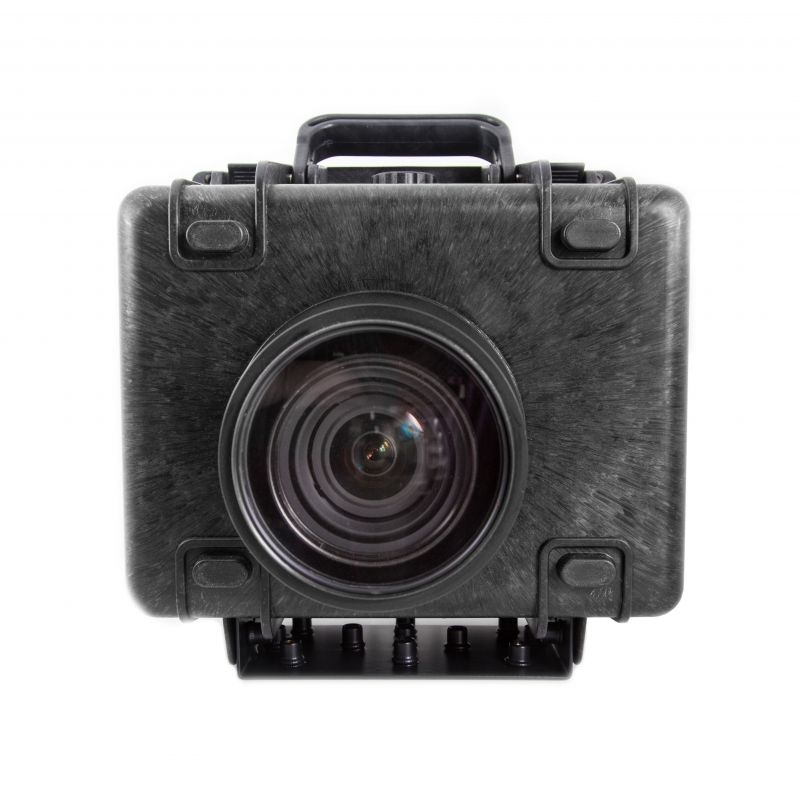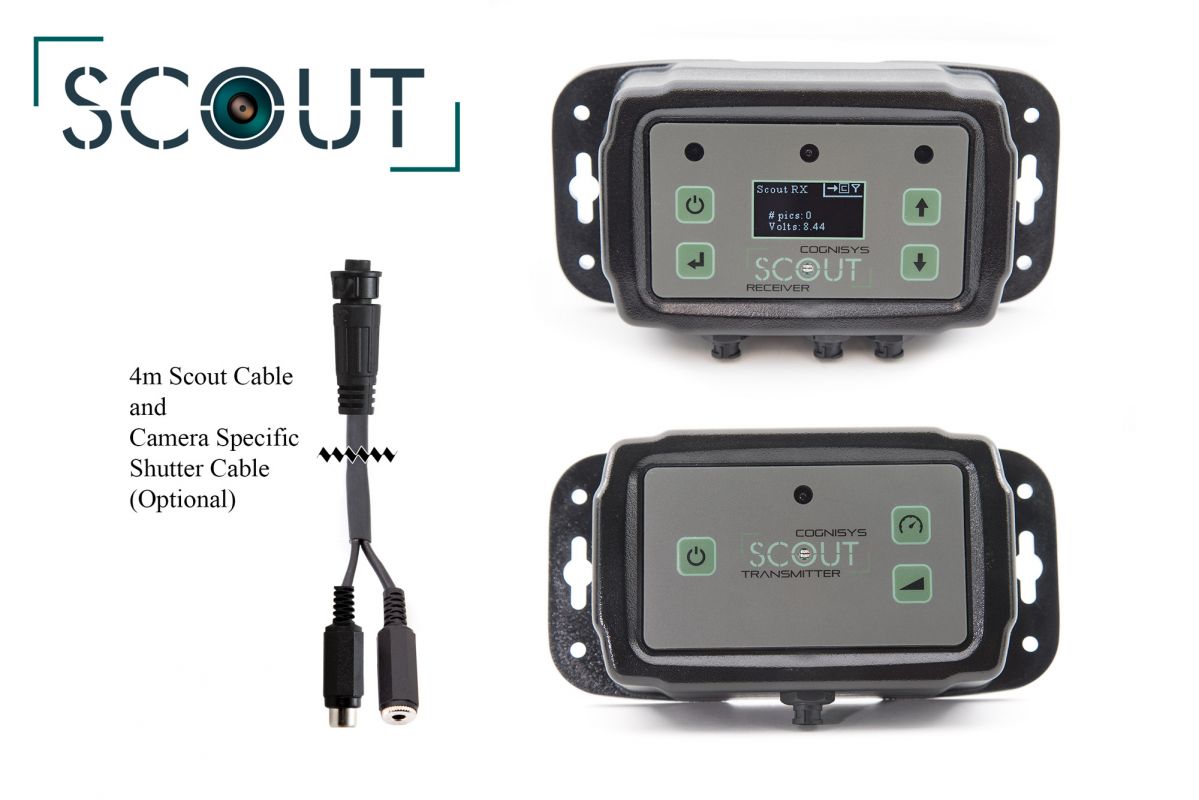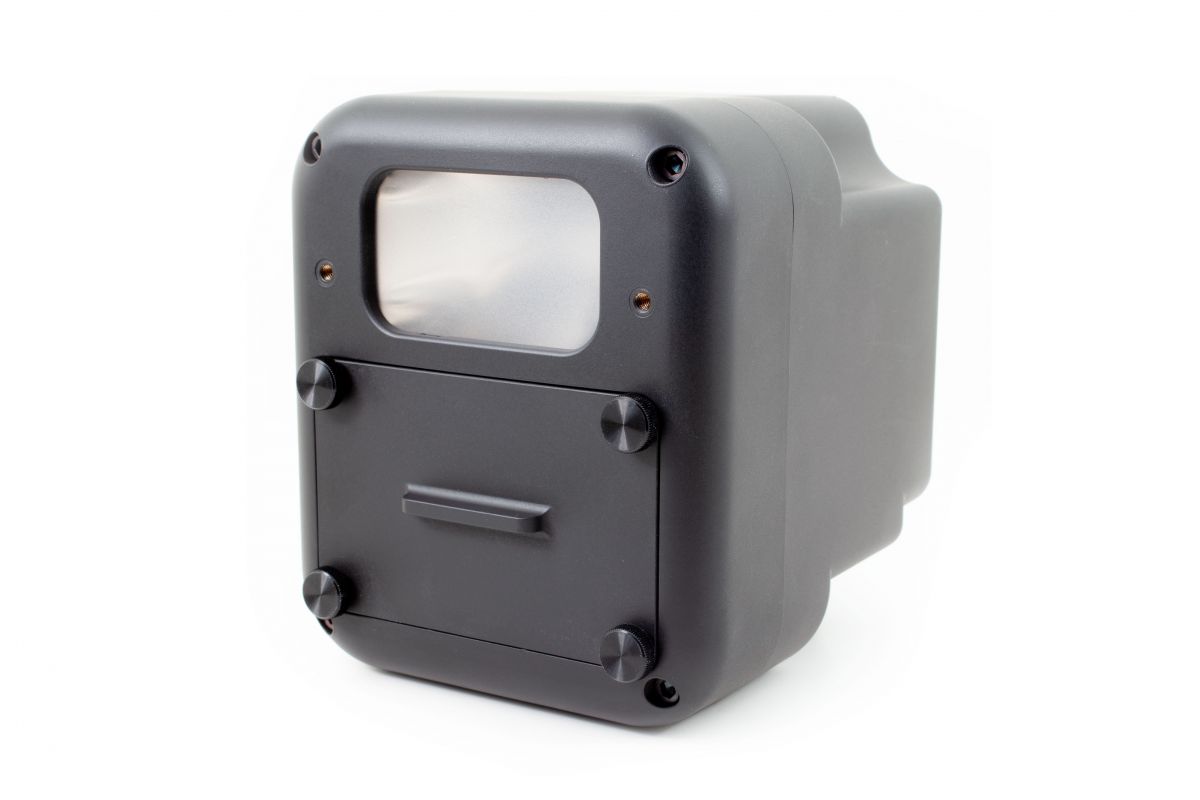Camera Trapping Adventures with Tom Mason
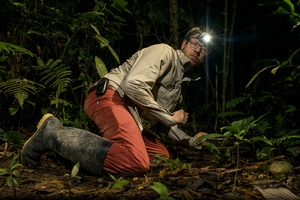 My Name is Tom Mason and I am a professional wildlife photographer and environmental photojournalist for the UK. At 25 I’ve ben lucky enough to work around the world, shooting assignments form the Falklands to the Amazon, photographing everything from penguins to bears and back to badgers at home. Within my photography my aim is to engage my viewer with my subjects in a new way, looking to find unique views to help link my subjects to the viewer, with the ultimate aim being to help push conservation messages to aid environmental protection.
My Name is Tom Mason and I am a professional wildlife photographer and environmental photojournalist for the UK. At 25 I’ve ben lucky enough to work around the world, shooting assignments form the Falklands to the Amazon, photographing everything from penguins to bears and back to badgers at home. Within my photography my aim is to engage my viewer with my subjects in a new way, looking to find unique views to help link my subjects to the viewer, with the ultimate aim being to help push conservation messages to aid environmental protection.
When I first picked up a camera I often wanted frame filling images of wildlife, so long lenses were my mainstay. With time my style has transitioned and although I still love my 300 2.8. it’s taking a back seat more and more, as I now tend towards producing environmental portraits of my subjects rather then frame filling portraits. Although of course they still have their place!
With my style changing and the fact that I have always been a bit of a engineering geek… It was no real surprise that I quickly fell in love with camera trapping! As a serial fixer, builder and homebrew-designer I’ve always loved making things and with photography its no exception.
Growing up on a farm I’m no stranger to whipping out my Leatherman to quickly repair something in the field, so the technical challenges of camera trapping to me, are welcome and enjoyable. There is something about problem solving a broken camera trap whilst up to my chest in waders, freezing my nuts off in a river that really does make me smile! So as you can imagine, after getting my first camera trap 3 odd years ago, I’ve been obsessed with them ever since!
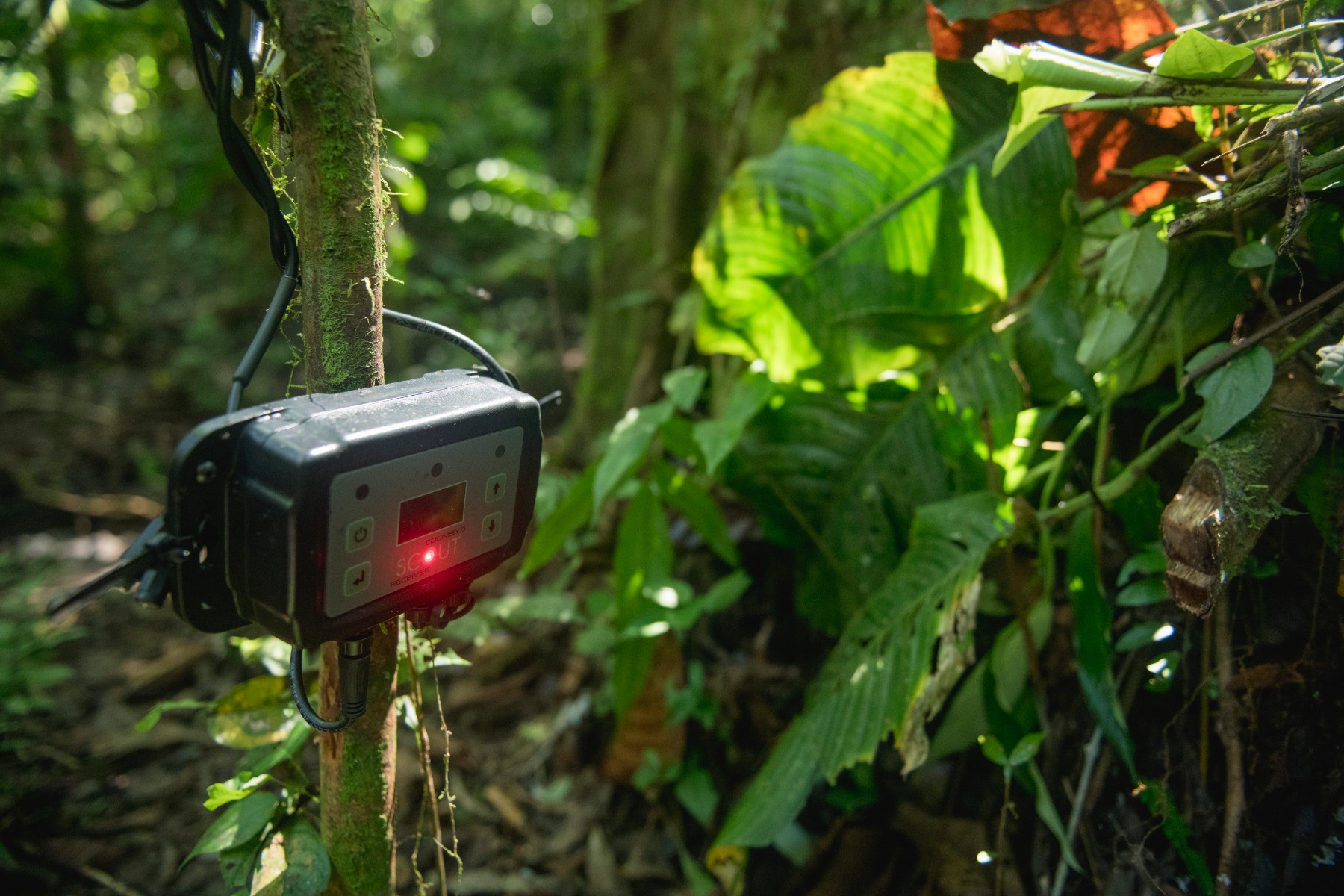 Within my time trapping I have used a variety of systems. I got started with a set of the classic Trailmaster 1550’s and explored the use of some cheap triggers in various situations, however transitioned over to the Cognisys ecosystem a year or so ago now and have never looked back.
Within my time trapping I have used a variety of systems. I got started with a set of the classic Trailmaster 1550’s and explored the use of some cheap triggers in various situations, however transitioned over to the Cognisys ecosystem a year or so ago now and have never looked back.
I work with Nikon DSLRs for my camera trapping, often using the cheaper bodies such as the D3xxx series or D5xxx series, along with the classic SB-28 flashguns for my lighting. Lens wise I find the 18-55mm kit lens awesome for lots of applications however I also have a few 12-24mm lying around as well for certain shots. I like working in the 28mm-35mm range for images with less distortion and a more natural look, however sometimes you need that WIDE perspective!
For triggering the flashes I use some self-made custom Nikon flash cables, working with the Sb-28’s for those long standby times.
The Scout triggers have ben part of my kit now on a couple of assignments, where I have left them out in all conditions ( I even accidentally submerged one underwater for 5 days) and in that time have found them to work brilliantly. The simple fact is I can’t see myself working on any future projects without them, so that’s high praise indeed!
For my latest project I have been out in the Amazon rainforest for the summer, working alongside the Crees Foundation in the Manu National Park in Peru. Where I have been working on a project to locate and photograph jungle cats around the MLC, an area that has been regenerated from past agricultural land back into biodiverse rainforest.
The jungle is a testing environment and so is the perfect place to put new gear through it paces. In my kit I packed in 3 camera trap setups for the assignment, each being fired by a set of the Cognisys Scout’s that would be my remote eyes on the jungle floor. Having used them in the past I knew they could deal with the work the UK and Ireland could throw at them, however the jungle is a different beast.
 On the first few days I hit ups the trails and tracked down locations with the biologists, finding some key spots where we hoped to capture the cats as they moved through the forest. Positioning the cameras, rigging the lighting, I left them to do their magic whilst I set about shooting with the camera in hand.
On the first few days I hit ups the trails and tracked down locations with the biologists, finding some key spots where we hoped to capture the cats as they moved through the forest. Positioning the cameras, rigging the lighting, I left them to do their magic whilst I set about shooting with the camera in hand.
After a few weeks I checked back and although we’d only had a few triggers the systems were working well. Heavy rain had seen the cameras take a battering, but everything was still working. Fogging of the cameras was an issue at times, but a few days rest inside a Silica packed Peli helped to keep everything functional, the Scouts worked like a charm. On one checkup I did have some false triggers, but soon worked out that they were consistent with the sun beaming through the foliage for a very specific few minutes of the day (The heat is intense in the forest) - but a quick shift of my scout receiver and everything was working perfectly again.
For me the thing I really like about the Cognysis system is the simplicity of a feature rich and complex trigger. The LCD and menu make set up a breeze. Number of shots, delay, pre trigger, direction, time windows (anything you can think of basically) are easy to program in. When out in the field I can double check everything and be sure that it’s right, something that’s so important when leaving a trap for multiple weeks. Reliability and dependability are key. The battery life has also been amazing on the triggers so far with me easily getting 6 months+ from a set of batteries.
After over a month in the Rainforest, I headed back to check my traps and finally was greeted by what I had been after. On one of the trials we had lucked out with an Ocelot walking perfectly through the set up, capturing a perfect environmental portrait of the cat in the jungle.
A little further down the trails another of the scouts had also got lucky again with another Ocelot, capturing more environmental images of these elusive cats in the regenerated rainforest.
The images were highly exciting for the research team, getting a close look at the cats that where moving back into this newly protected rainforest. For myself as a wildlife photographer and camera trap lover, it was like Christmas. Wide angle images, studio lighting on one of the most elusive cats in the jungle. You can’t ask for much better than that!
Looking to the future I am stoked about what the team at Cognisys are working on with the Scout triggers and camera boxes. The new technology is really enabling us wildlife shooters to explore new ways of capturing images of nature, that not only give new views and ways to make images, but are also helpful for the scientific community.
New gear wise, I already have my eye on one or two… Maybe three.. Of the boxes to help get the best from the wireless capabilities, but am also excited to try out the new PIR detector. Often I love finding small, hard to rig positions for my cameras, so the new sensor looks like it could open up even more photographic opportunities. Additionally I know the team are hard at work developing a wireless flash system that will be a revelation in regards to lighting options and reducing the bulk of transporting gear on longer trips!
If you are looking to get into camera trapping I really can’t say enough good things about the Cognisys gear. The Scout is an all round winning system that just offers so much functionality and flexibility for use in the field. Highly recommended for anyone who wants to explore and take their remote camera work a little more seriously.
As part of my work in Peru I also recorded a set of behind the scenes videos for my YouTube channel, where you can follow my adventures, setting top and camera trapping in the jungle.
Over on my channel I have a number of videos about camera trapping and remote camera work, so feel free to check them out at www.youtube.com/tommasonphoto.
For more of my photography you can see it over on my website www.tommasonphoto.com and follow me on Instagram @TomMasonPhoto
Some of Tom's Images

